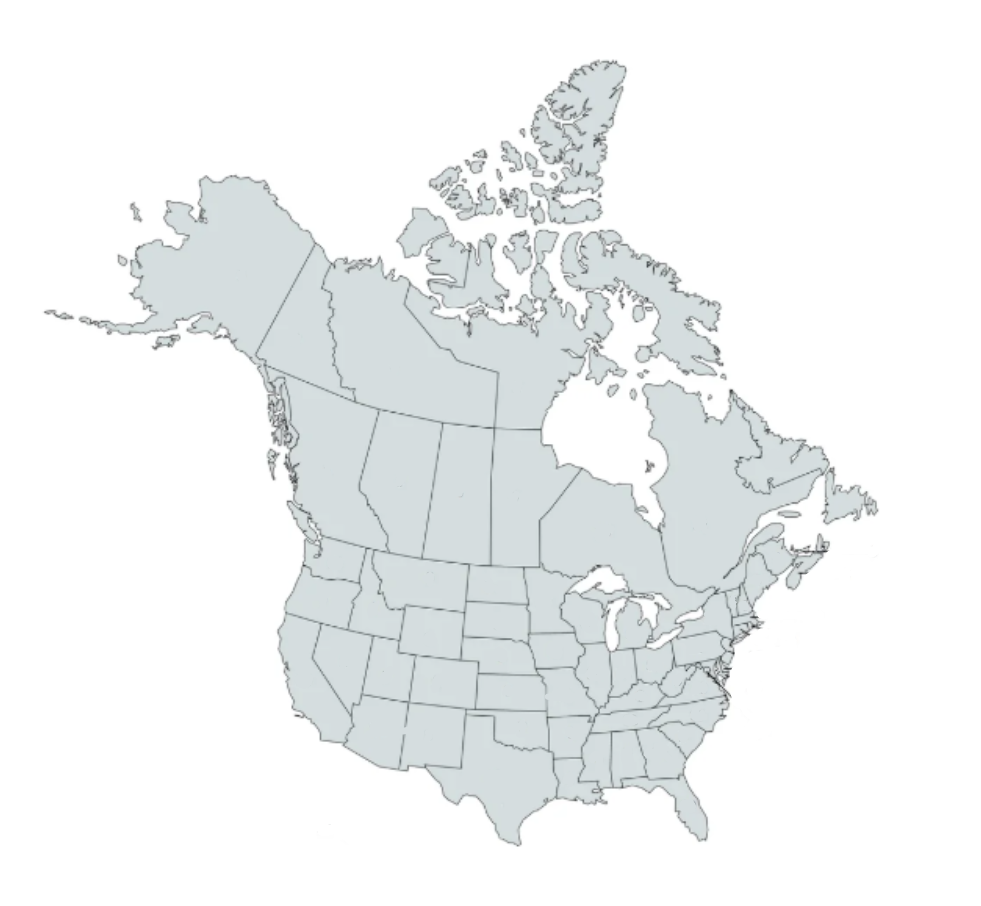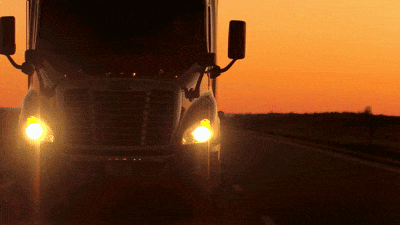.png)
1.Configure it
Configure2.Chat with us
30 minutes
2.Chat with us
30 minutes
4.Sign the contact
1-2 weeks
3.Feasibility Assessment
30 minutes
Following steps happen in
parallel
5.Permitting
10-16 weeks
6.Fabrication
16-22 weeks
7.Site Prep
8-12 weeks
8.Delivery Installation
1-2 weeks
9.Unlock your getaway!
24 weeks
1.Configure it
2.Chat with us
30 minutes
3.Feasibility Assessment
30 minutes
4.Sign the contact
1-2 weeks
Following steps happen in
parallel
5.Permitting
10-16 weeks
6.Fabrication
16-22 weeks
7.Site Prep
8-12 weeks
8.Delivery Installation
1-2 weeks
9.Unlock your getaway!
24 weeks


Your general contractor is supported by a dedicated Canyon Cabins project manager from start to finish. For a completely stress-free experience, Canyon Cabins can also hire and oversee a local general contractor on your behalf for an additional service fee.
.png)
Foundation Preparation:
Arrange for a suitable foundation system to be installed prior to cabin delivery. Options may include concrete slabs, piers, or crawl spaces depending on the site and cabin design.
.png)
Ensure the site is level and cleared of obstacles like rocks, trees, or debris.
Perform any necessary grading to ensure proper drainage around the cabin.
Soil Testing (if required):
Conduct soil tests to confirm ground stability and foundation suitability.
.png)
.png)
Water Supply:
Ensure access to water connections or plan for alternatives like well drilling or rainwater harvesting systems.
Sewage/Septic System:
Arrange for connection to a municipal sewage system or install a septic tank, as required.
Electricity:
Coordinate with local utility providers to establish electrical connections to the cabin site.
Provide access to the power grid or arrange for off-grid solutions like solar panels, generators, or battery systems.
Gas (if applicable):
Ensure a safe and compliant setup for natural gas or propane hookups.
.png)
Site Restoration:
After installation, address any site disruptions by restoring and leveling the ground.
Pathways and Driveways:
Install driveways, walkways, or paths for accessibility to the cabin.
Aesthetic Landscaping:
Plan for the addition of lawns, gardens, or hardscaping (patios, fire pits, or retaining walls) to enhance the outdoor appeal of your cabin.
Erosion Control:
Implement measures like planting grass or using mulch to prevent soil erosion around the cabin.
.png)
Site Readiness: Ensuring the site is properly prepared allows for efficient delivery and installation of your cabin.
Compliance: Utility hookups and foundation systems must meet local regulations to ensure safety and functionality.
Customization: Landscaping and utility planning allow you to personalize your cabin’s surroundings to suit your lifestyle and preferences.
By managing these aspects, you’ll be laying the groundwork for a successful cabin project that meets your expectations and integrates seamlessly into its environment. If you need guidance or recommendations for contractors, we’re happy to assist!
Conduct a site assessment to Identify potential access challenges. This includes measuring road widths, slope grades, and identifying obstacles.
Check if local authorities require permits for truck or crane operations on public roads or in residential areas.
Provide clear instructions or signage to guide the delivery team to the site. Having a team member present to direct vehicles can be helpful.
By ensuring proper truck and crane access, you'll minimize delays, reduce costs, and enable a safe and efficient delivery and installation process. If you need help assessing your site or coordinating logistics we.can
assist with expert recommendations!
Ensure access roads to the site are wide enough to accommodate large delivery trucks, typically requiring at least 12-14 feet of clearance.
Roads should have a solid, stable surface capable of supporting heavy vehicles. Gravel or paved surfaces are ideal.
Delivery trucks need sufficient space to maneuver. A minimum turning radius of 35-50 feet is recommended, depending on the size of the vehicle.
Access roads should have manageable slopes. Grades exceeding 10% may require additional preparation or alternative delivery methods.
Access roads should have manageable slopes. Grades exceeding 10% may require additional preparation or alternative delivery methods.
The crane should be able to park close enough to the foundation to lift and place cabin components. Ideally, the crane should be within 50-80 feet of the installation site, depending on the crane's reach and load capacity.
The area where the crane will operate must be level and capable of supporting the crane's outriggers and weight during operation.
Ground reinforcement (e.g., mats or pads) may be needed for soft or uneven terrain.
The crane requires an open workspace free of overhead obstructions, such as tree branches or power lines, to safely maneuver and place the cabin components.
Ensure a clear path for the crane to reach the site. Sirnilar to truck access, this includes sufficient width, turning space, and stable surfaces.

The standard cabin package includes the prefabricated structure,doors and windows. Interior finishes, such as flooring, finished walls, cabinets, essential kitchen appliances, and full electrical and plumbing fixtures.

Yes, most areas require a building permit for cabin construction. The requirements vary by location, so check with your local building authority. We offer permit consultation services to help with the process.

The cabin is transported using flatbed trailers. A crane is used for placement. Ensure your site has proper truck and crane access for a smooth delivery.

The foundation type depends on the site and cabin design. Common options include concrete slabs, piers, or crawl spaces. You’ll need to arrange for foundation preparation as part of your responsibilities.

Yes, we offer custom design services to tailor your cabin to your needs. From layout changes to material selections and additional features, we work with you to create your ideal space.

Our cabins are insulated using SIP panels or other energy-efficient materials. Additional upgrades like triple-glazed windows and in-floor heating are available to enhance thermal performance.

Yes, the cabin is designed for year-round use with robust insulation, energy-efficient climate control, and durable construction that withstands all common weather conditions. Additionally, modifications can be made to further accommodate the more severe climates.

Construction timelines depend on the cabin size, customization, and site preparation. Prefabricated cabins can be assembled within days to weeks once the foundation is ready.

Utility hookups (water, electricity, sewage) are the customer’s responsibility. However, we can recommend contractors or provide guidance for connecting to local systems.

Yes, many cabins are designed for easy assembly and come with detailed instructions. However, for larger or more complex projects, we recommend onsite installation services for efficiency and accuracy.

The cabin is designed for minimal upkeep. Regular cleaning and routine inspections such as checking the roof, insulation, and climate systems help ensure everything remains in top condition, with any necessary seasonal adjustments handled by a professional.

Many upgrades, such as smart home features, decks, or additional cladding, can be added after installation. Discuss your future plans during the design phase to ensure compatibility.

Yes! We offer sustainable materials, energy-efficient features, and off-grid solutions like solar panels and composting toilets to minimize environmental impact.